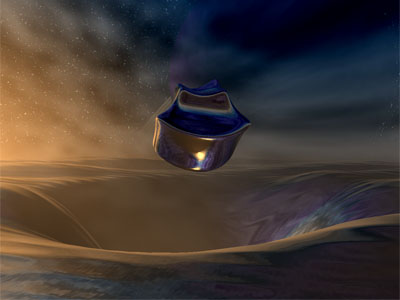random blue/green + yellow/orange image thread. discuss.
category: general [glöplog]
It is a well known fact that you must use this combination of colors if
[a] you make an action movie
[b] you make a 4k intro
Discuss

startrek

harry potter

batman

transformers

tron

2012

aeonflux

sherlockholmes

alice

spiderman

legion

wolverine

thewolfman2

the island

indiana jones

iamalegend

narnia

nationaltreasure

watchmen

thegoldencompass

ironman2

irobot

percyjackson

cloverfield

jonahhex
[a] you make an action movie
[b] you make a 4k intro
Discuss

startrek

harry potter

batman

transformers

tron

2012

aeonflux

sherlockholmes

alice

spiderman

legion

wolverine

thewolfman2

the island

indiana jones

iamalegend

narnia

nationaltreasure

watchmen

thegoldencompass

ironman2

irobot

percyjackson

cloverfield

jonahhex

IQ: did you notice, that the gros of the movies you pointed out have either blatant occult, twisted Hollywood-pseudo-occult content or are dealing with some kind of magic/creation/revelation/new day myths :) ?
It's interesting how colour schemes are used alongside by the Hollywood Magic Machine to sell their stuff.
Blue and orange are complementary colours, hence they "work".
It's interesting how colour schemes are used alongside by the Hollywood Magic Machine to sell their stuff.
Blue and orange are complementary colours, hence they "work".
this thread is so YUV.


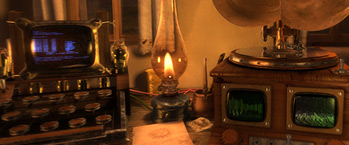

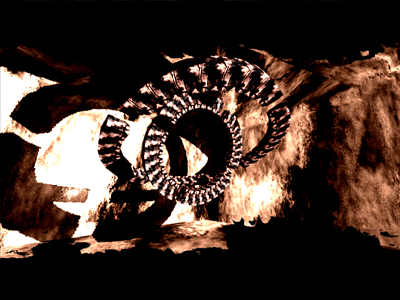
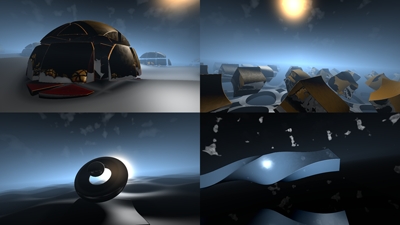

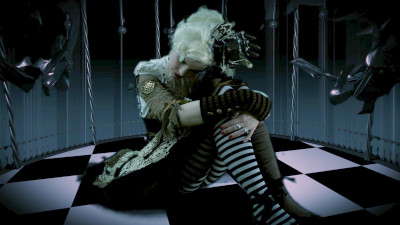
Quote:
IQ: did you notice, that the gros of the movies you pointed out have either blatant occult, twisted Hollywood-pseudo-occult content or are dealing with some kind of magic/creation/revelation/new day myths :) ?
lol
I also noticed that every image contains at least one pyramid.
I like this thread :)
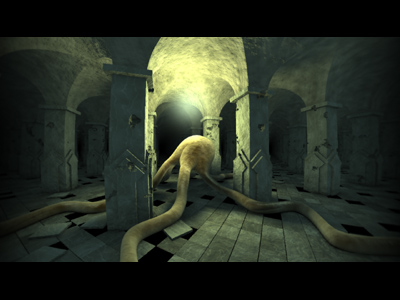
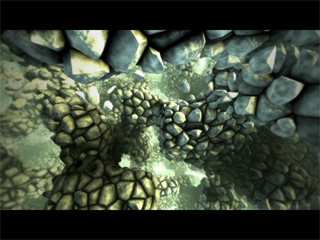


I sometimes wonder how these colours are tuned for an entire movie. I guess raw film just looks like a high quality well lit version of what any video camera can capture. What is actually done to the raw film in post production and can it be implemented as a filter in a shader or as a general post production effect of some kind? I've never read anything about post production in films (that's what I think they call it anyways)
that tone filter is probably some psychological thing that triggers the 'this is real, this is unreal'-thing in human heads..
loady: they actually have special software just for colour.. they tend to pick a colour scheme for the film, and then apply it both in set/costume design and in post process. It's certainly possible to do it in a shader, either multiply the pixel values to reduce red or whatever, or use a 3d texture as a LUT for full control of the colours (this is what some of apple's pro video apps do - I happened to have a good poke in one of these exact shaders recently).
Another option is to change the gamma / display transfer tables on the video card. You can effectively re-calibrate the GPUs colour profile with that, and have warmer/cooler/more contrasty/whatever display without any performance hit :) I've been using that method to make a 'night vision' application that puts the whole OS into 'red on black' colour mode by writing lots of 0s to the green/blue parts of the table. Greyscale is possible too.. i have that working, but don't know how it works (I poked one of the control panels and found a nice private API call that does that one).
Another option is to change the gamma / display transfer tables on the video card. You can effectively re-calibrate the GPUs colour profile with that, and have warmer/cooler/more contrasty/whatever display without any performance hit :) I've been using that method to make a 'night vision' application that puts the whole OS into 'red on black' colour mode by writing lots of 0s to the green/blue parts of the table. Greyscale is possible too.. i have that working, but don't know how it works (I poked one of the control panels and found a nice private API call that does that one).
we colour correct quite heavily in our demos. its just a shader. :)
Quote:
that tone filter is probably some psychological thing that triggers the 'this is real, this is unreal'-thing in human heads..
Certain colours trigger different emotional responses. So figuring out the right scheme/palette is vital to set the general mood for the particular scene to have the highest possible effect - considering that you can't smell it - so colours are some sort of odor-substitute.
[quote]lol [/lol]
If you know history and what is teached in "ye olde mystery schools", you would recognise a lot of this stuff interwoven in mainstream motion pictures. Starting with the Bible.
BTW "occult" must not necessarily mean "satanic".
[quote]lol [/lol] ... ehehehe, great
hey psonice, could you send me your "nightvision application"? might be interesting...
Quote:
What is actually done to the raw film in post production and can it be implemented as a filter in a shader or as a general post production effect of some kind? I've never read anything about post production in films (that's what I think they call it anyways)
The process is called color grading, and can be compared to mastering in music. It is used to keep the colors consistent throughout the entire movie, or across a series of scenes if you'd like to go the other way with it and create contrast. Like in "The Matrix", where the human world is graded towards blue, while the Matrix-world is graded towards green.
It is also quite often needed to match color profiles from material coming from different sources, for example film or digital, or between different cameras of each type.
http://en.wikipedia.org/wiki/Color_grading
Maw, sure, it's freeware. Grab it here.
(It's OSX only btw.. use the red filter if you need to keep your night vision, although some people seem to like working with it on in general. It's quite cool with the colours inverted and the screen set nice and dark for late night coding too :)
(It's OSX only btw.. use the red filter if you need to keep your night vision, although some people seem to like working with it on in general. It's quite cool with the colours inverted and the screen set nice and dark for late night coding too :)
Most of those movies you put frames from, choose that colour scheme from an old photography technique called "cross processing", which involved using different chemicals to develop a film than those intended for that particular type of film.
More info: http://en.wikipedia.org/wiki/Cross_processing
More info: http://en.wikipedia.org/wiki/Cross_processing
Thanks for all the info everyone. Got plenty of stuff to look up now.
Man, it's good to know that I've contributed 'discuss' to the demo world.
Quote:
Man, it's good to know that I've contributed 'discuss' to the demo world.

@SS: May I speak for the whole scene, and express my utmost gratitude?
Without your help, none of this was made possible.
Without your help, none of this was made possible.
Quote:
Man, it's good to know that I've contributed 'discuss' to the demo world.
Get ready to feel better, because it was already here. Discuss.

